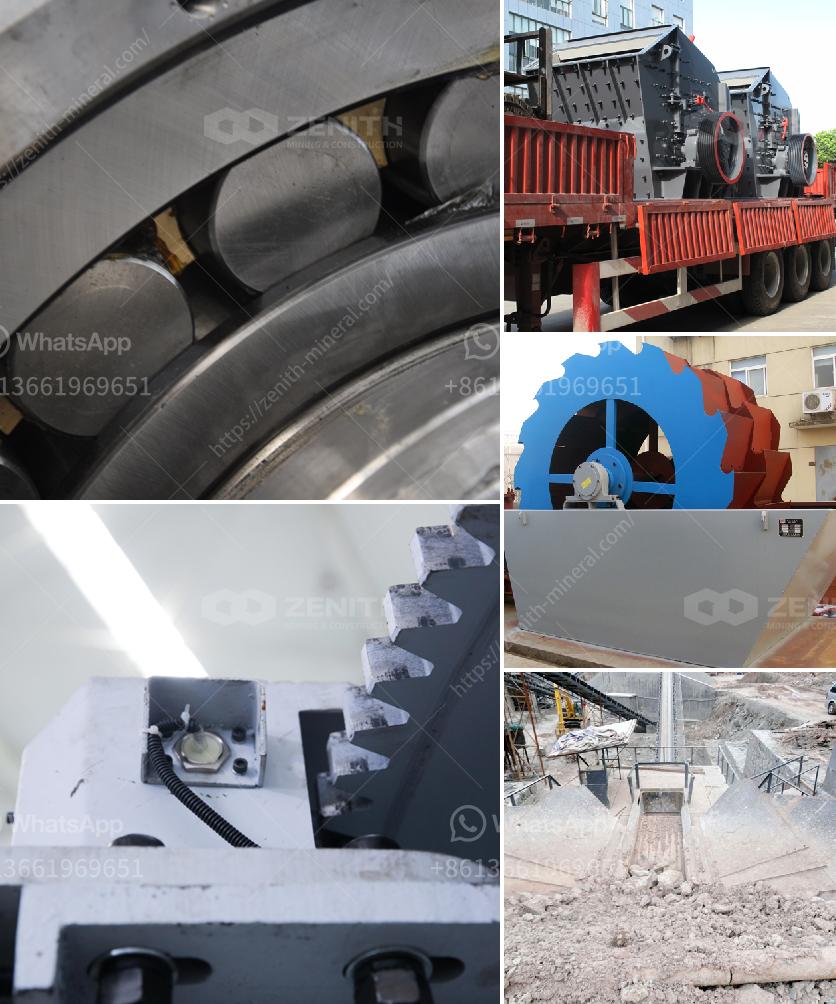The common ore crusher for aluminum is typically a jaw crusher or a gyratory crusher. These types of crushers are used to break down bauxite, which is the primary ore of aluminum. Bauxite is a relatively soft material, and these crushers are well-suited to handle it.
A jaw crusher uses compressive force to break down large bauxite rocks into smaller pieces. It consists of two plates, one stationary and one that moves back and forth. The material is fed into the top of the crusher and is crushed between the two plates as the movable plate moves towards the stationary plate.
A gyratory crusher is similar to a jaw crusher but has a circular gap at the bottom. The material is fed into the top of the crusher and is crushed as it falls down through the gap. The gyratory motion of the crusher helps to break down the material more efficiently.
After the initial crushing stage, the material may go through additional crushing stages using cone crushers or impact crushers to achieve the desired size and consistency. These secondary crushers further reduce the size of the bauxite particles, making them suitable for the refining process.
Once the bauxite is crushed, it undergoes the Bayer process to extract aluminum. This involves dissolving the bauxite in sodium hydroxide, which separates the aluminum oxide from the other components. The aluminum oxide is then precipitated out, filtered, and heated to produce pure aluminum.
In summary, the common ore crushers for aluminum are jaw crushers and gyratory crushers, which are used to break down bauxite into smaller pieces before it undergoes further processing to extract aluminum.
